We record video from the VGA output of the video card - iron methods
 Record video from the VGA output - which could be easier ... It would seem. But alas, in fact, everything is a little more complicated. In this post I will tell you how I solved the problem of recording video from the VGA output of the video card of a very old computer , what were the intermediate solutions and what I stopped at. Dedicated to fans of old iron games, as well as new technologies and video capture.
Record video from the VGA output - which could be easier ... It would seem. But alas, in fact, everything is a little more complicated. In this post I will tell you how I solved the problem of recording video from the VGA output of the video card of a very old computer , what were the intermediate solutions and what I stopped at. Dedicated to fans of old iron games, as well as new technologies and video capture.What for
Of course, you may have other goals, but I have the following need: to record from old computers the video that is displayed on the monitor. Wherein:
- Computers are old and weak, it’s not possible to install on them a certain “analog of fraps”. And what kind of recording software do you put on a typewriter, where will Win 3.1 go with a creak? Yes, for the first pentium or for DOS- mode, you are also unlikely to find anything.
- The option “plug a video card with a TV-out” is also not an option. And if I want to record a picture from the first Voodoo or some other more exotic? And again, we run into software. Need versatility.
- The “run on emulator” option does not fit. Games of the “late DOS” manage to slow down or go smoothly even on the modern i7 , if you emulate them with DosBox . If we need to run a game that is buggy even on WinXP and works fine on OSs no older than Win98 or Win95, but it requires three-dimensional acceleration, emulators will not help very much, acceleration of game graphics is sad there.
- Shooting a screen with a camera? No, there are lovers of “screens”, but this method smacks of perversion and “last chance”.
Capture iron
Such a computer was used as a video capture machine:
Processor: Intel Core 2 Duo E4500, 2.2 GHz
Video card: NVidia 8800 GS
RAM: 2 GB DDR2
Hard disk: WDC WD1600, connected via SATA
I didn’t select it specifically - it just was at hand.
Attempt Number One - Chinese
The first attempt was the following idea: what if I choose a VGA-to-TV adapter? Cheap and cheerful. And we will write the resulting picture with a TV tuner, I just had one from Beholder (model number 503, an option for the PCI bus). No sooner said than done. I bought for $ 20 a Chinese adapter called VGA to TV RCA Composite S-video Converter Box for PC Laptop TTH-123462 :
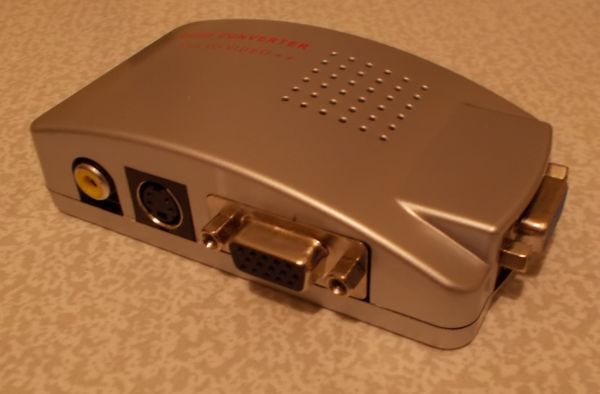
One more photo.
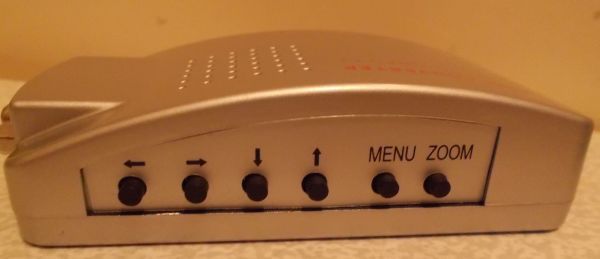


Interesting moments of this piece of iron:
- It is powered by a USB cable (a round plug goes into the device, a regular USB goes out)
- There is an NTSC / PAL switch
- In addition to the VGA input, there is also a VGA output! You can connect a monitor and a TV tuner or TV at the same time. I did not notice a drop in picture quality on a parallel-stuck monitor.
- Judging by the description (I didn’t check! ), You can send a signal in the opposite direction, i.e. TV -> VGA.
The idea looked sound, but ... Here are some screenshots from the resulting video.
SCREENSHOTS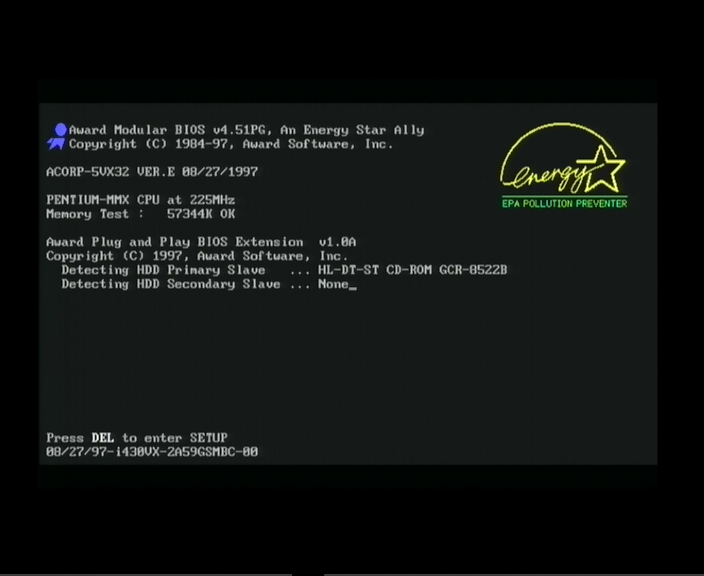
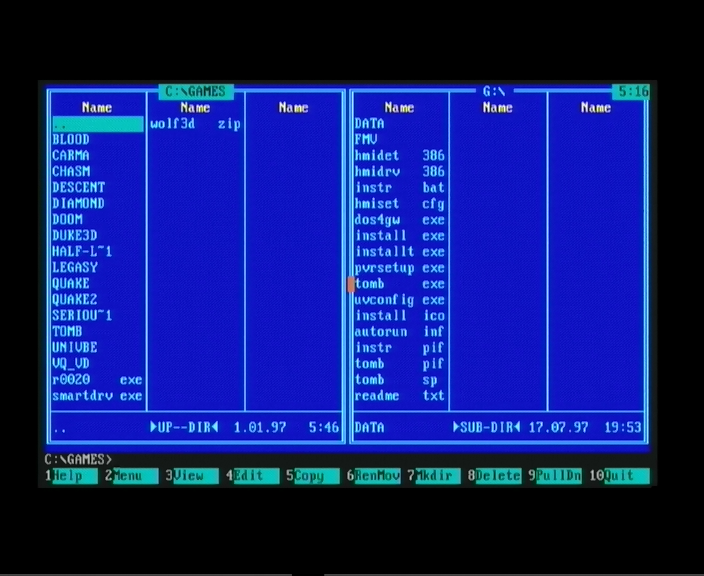
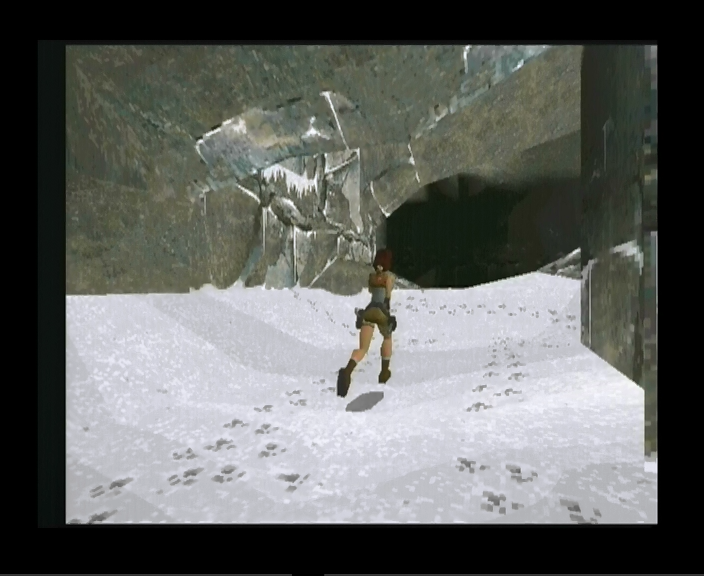
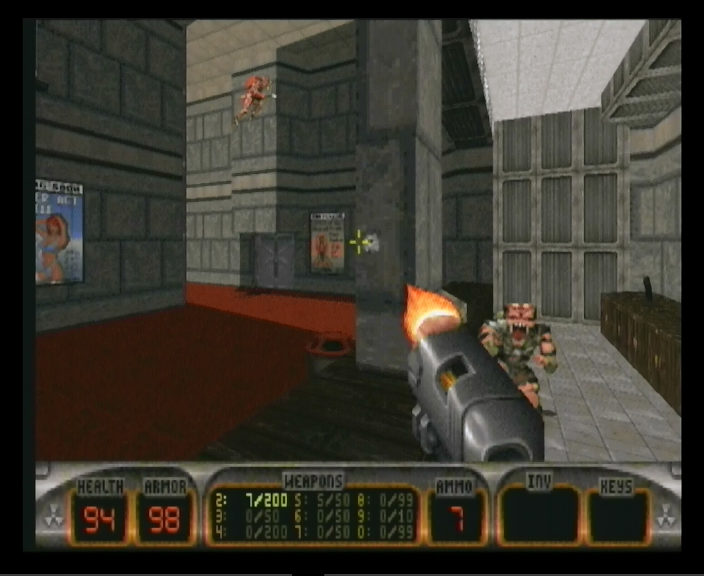
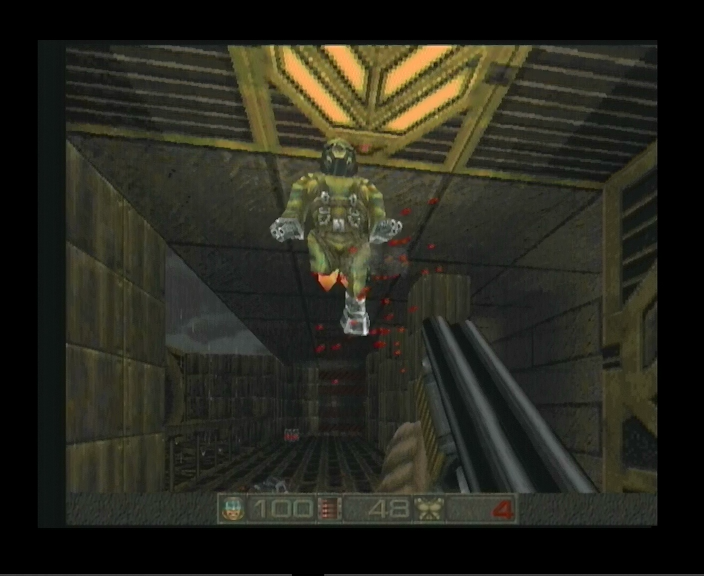





The fact is that there would be no permission at the entrance - the output will be television. And there are no compression artifacts, no, this is exactly the output picture. The result is warm, tube and unclear. On the other hand, for $ 20 + the price of the tuner (which I did not have to spend money on) is an acceptable result. But I wanted something more ...
Attempt number two is full-fledged
After trying with the tuner, it became clear that cheap solutions could not get off. Having rummaged through the shops, I found that the only available option is the AVerMedia Game Broadcaster HD board , already under PCI-E. This is NOT the last model in the line, but there is a nuance: it looks like the last one with a VGA input for capture. Later ones have only HDMI and cost 2 times more expensive. And we need a VGA!
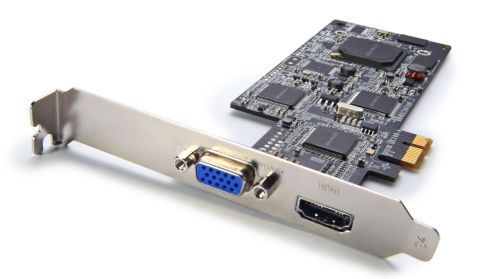
Price tag: 4-5 thousand rubles.
For starters - positive, screenshots from the video:
SCREENSHOTS

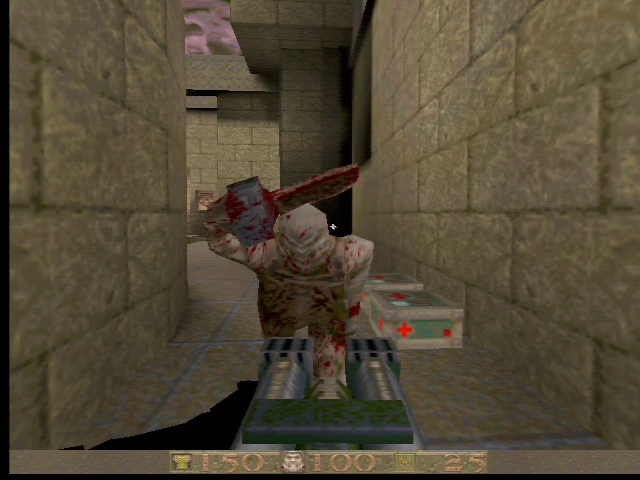

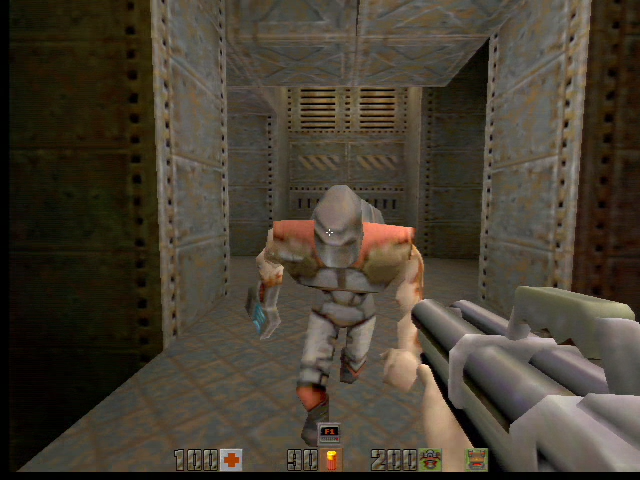







As I hope, it can be seen that the result is noticeably better. Again, the HDMI input, which means the ability to write video from modern consoles or, for example, android devices. Positively. Conveniently.
A separate pleasant moment - in the “preview” mode on the computer, the picture is displayed without lag, in real time, unless of course there are enough computer capacities (more on that below).
And now - shortcomings, problems and an enema of tar
- Soft Bundled software is available only under Windows Vista and higher. Want an option for Windows XP ? Download from the manufacturer’s website. Given that on a CD with drivers and software about 70% of the free space is available (taken up in the 180 MB area) - I don’t know what to call it. I have a licensed Windows XP on that computer, it offends me.
- Capture resolution below 640x480. Not officially supported. When we try, we get either a message about an unsupported resolution, or garbage instead of a signal. But, glory to the open source, if you use the VirtualDub program , you can stably record a picture in resolutions below 640x480. The truth will look something like this:

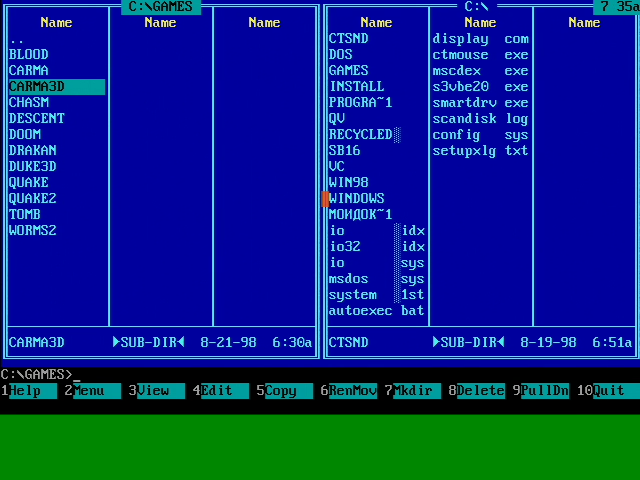
That is, the picture is actually written in 640x480, but with garbage in the fields. However, no one bothers us to cut off the excess, and on the fly (thanks again to the authors of VirtualDub) - Video recording with Voodoo and Voodoo 2.
Native utility - writes a couple of seconds, loses a signal, a couple of seconds displays the inscription “No Signal”, finds a signal, writes a couple of seconds, loses a signal ... And so in a circle.
VirtualDub writes without problems and objections. So that's it. Again open source on horseback. ;)
In principle, you can write a picture from Voodoo on your own software. To do this, you need to connect voodoo to the base card in a non-classical way, through a separate cable: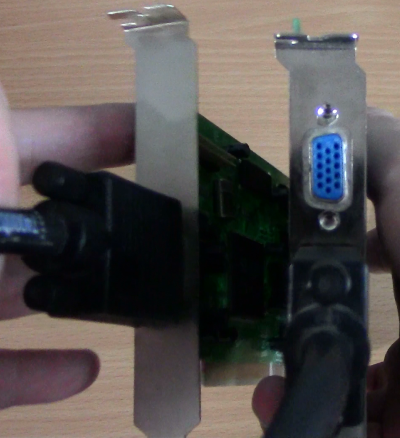
And plug the cable from the monitor between the usual card and Voodoo’s when starting / stopping the game under voodoo. You can live like that, but is that life ?! - Sound recording will have to lead a separate cord, i.e. for example, from the line output of the sound card of the first computer to the line input of the computer for recording. Well, that’s okay. But the sound over HDMI writes fine.
- Computer power for recording and encoding video.
The computer indicated at the beginning of the article is enough to write and encode video in h264 in real time - but only up to a resolution of 800x600. After trying to write 1280x720, I got a frame skip on the final recording. But in MPEG2 in real time in this and higher resolution it is easy to write, but the picture quality comes out visually a little worse. - Permissions.
When connected via VGA, the resolution of 800x600 by my native utility was recorded once at 720x576 , without any explanation or declaration of war.
On HDMI, the picture from the mobile android-console (screen resolution 800x480 ) was recorded in 720x480 (Khan proportions).
With VirtualDub, such surprises do not occur. In short, I would like to send my native utility to the scrap, but there is no perfection in the world. When I try to write an input signal in 1280x720 (at least VGA, at least HDMI) - VirtualDub displayed some kind of get on screen instead of an image, well, it also writes nonsense to the file, respectively. But if you input 1280x720 to the input , and VirtualDub say that the input is actually 1920x1080- Will write as nice, but stretching the resolution to 1920x1080 . The native utility writes everything as it should.
Draw your own conclusions. If you know the best way to write video via VGA - welcome to comment!
PS I don’t post video examples for the following reason: if I posted it on YouTube on my channel, I would have to transfer the topic to the “I’m PR” section. If there is interest - write in a personal, I will give links to videos of both options.
Thanks for attention! For the most patient readers - a bonus cat, as promised. :)
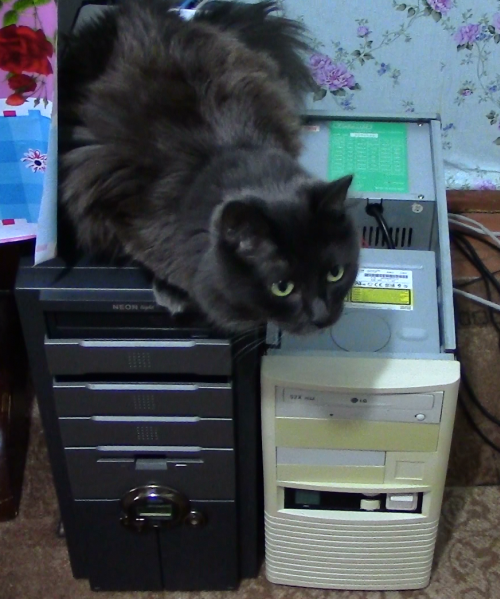
Update from 02/18/2015
- Native software for Vista and higher is much better than XP's, there are practically no glitches
- Sound via HDMI still writes, was wrong
- If, when a picture with a resolution lower than 640x480 is submitted, the board will say that the signal is higher than the permissible limit, then we run something at 640x480 on the same machine, let the board detect the usual signal, and then go to a lower resolution - the board will continue to capture the picture and work how to. It will work with native software too.
Update from 03/02/2016
The fresh version of the software works better, but there was a problem there too: when I try to record a video in 640x480, I get a distortion of proportions. If you select the resolution “800x600” in the settings with a signal source of 640x480, it will write 640x480 without distortion.
